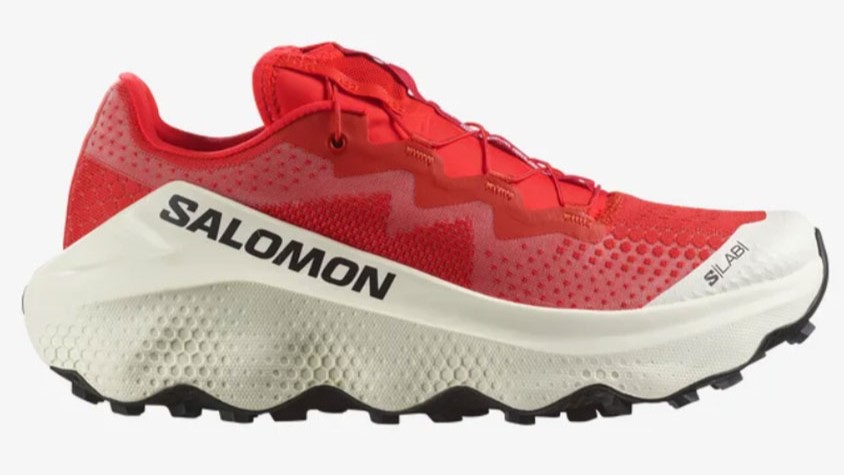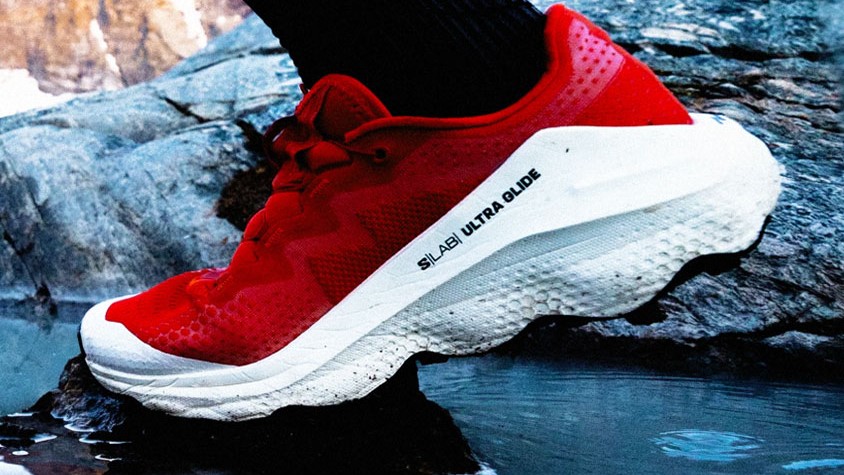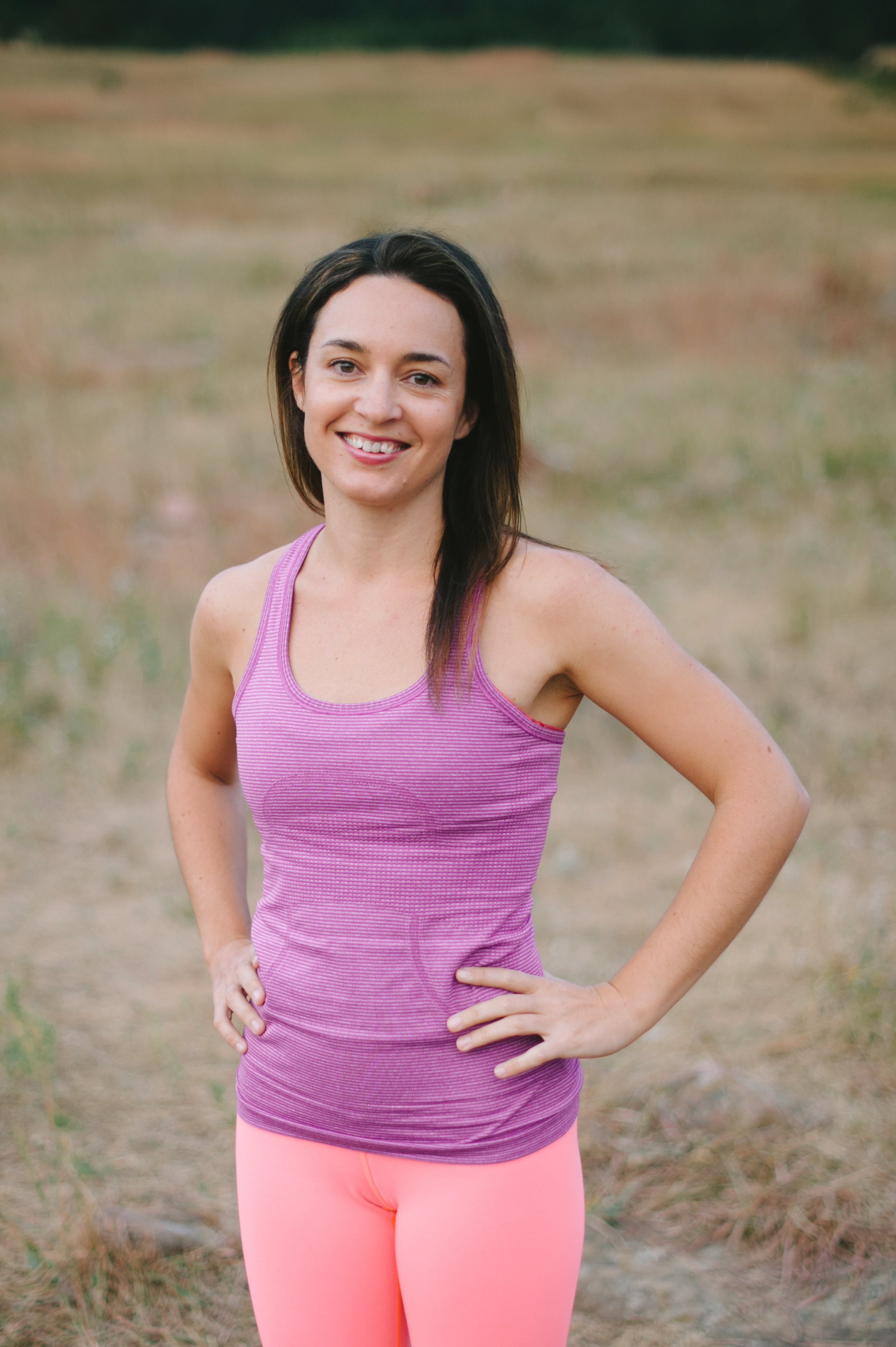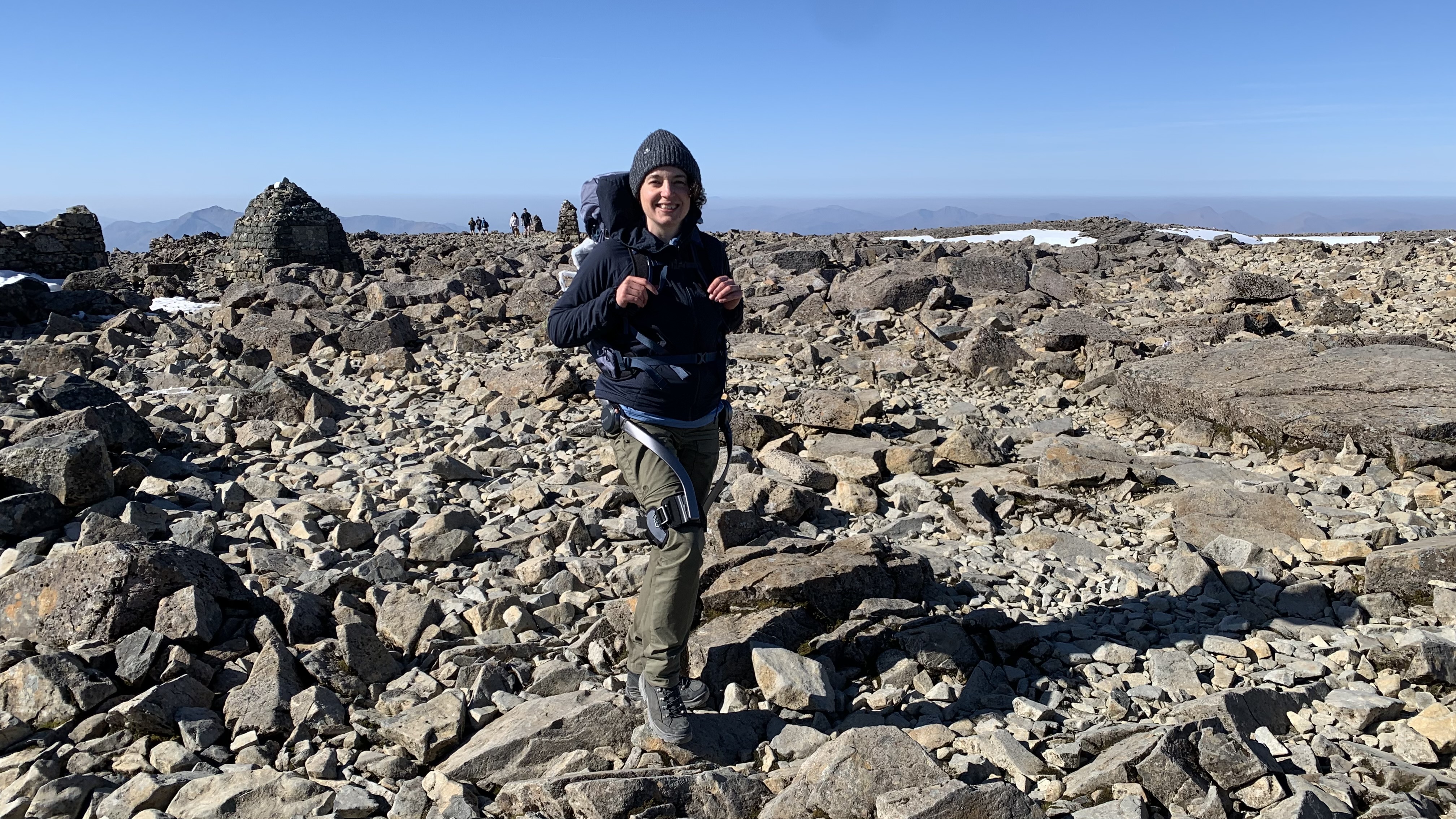Salomon's new S/Lab Ultra Glide trail shoe is super in all ways but one
The newest Ultra Glide leaves out the carbon plate, doubles down on foam

Recent years have seen a seismic shift in trail running shoes, which have taken a leaf out of road running’s book – light and minimalist have long given way to chunky rocker soles and carbon plates designed to help with energy return. But Salomon’s newest trail running shoe drop leaves out one of those key ingredients – and it might just be a winning recipe.
The Salomon S/Lab Ultra Glide joins the French brand’s family of shoes that focus on long-distance comfort with maximal cushioning. Like its predecessor the Ultra Glide 2, the S/Lab Ultra Glide sports a big stack of EVA foam underfoot and a rocker sole – which the brand calls “reverse camber” in homage to its skiing roots – that’s thought to relieve pressure on your ankles and assist forward momentum.
The new model has the same All Terrain Contragrip outsole as the 2 for full-coverage traction (and is more durable than leaving exposed midsole) but boasts deeper 4 mm lugs to keep skidding to a minimum. That’s where the similarities end.
The new S/Lab Ultra Glide has doubled down on foam in the midsole – literally. First, there’s a layer of bouncy EnergyFoam+ to put a spring in your step and help with running economy, but then there’s a second layer of regular EnergyFoam to provide cushioning and cut down on foot fatigue as the miles rack up. This layer of foam extends to the sides of the shoe to cradle your foot which also adds stability, which is a good thing because that double serving of foam means a whopping 41 mm under the heel which puts it in line with some of Hoka’s bounciest road shoes.

But despite these characteristics which earn the shoe "super" status, there’s no carbon plate. Instead, Salomon reveals it has spent the last six years doing biomechanical research and the result is its proprietary RelieveSphere outsole, which places spheres under the most sensitive areas of your foot to diffuse pressure and minimize impact and discomfort – it sounds a lot like Columbia’s Omni-Max technology.
Now, it’s true that Salomon hasn’t gone all in on the craze for carbon plates – in fact, they’re distinctly missing from its elite trail running shoes like the S/Lab Genesis. But, it is a feature we’ve become used to seeing on such high-stack shoes, and the S/Lab Ultra Glide is nearly 10 mm higher than its predecessor.
The lack of a carbon plate isn’t necessarily a bad thing. When we spoke to Olivier Garcin, a leading podiatrist for UTMB athletes, he said you need a strong foot to handle a carbon plate, since they have such a stiff sole. If your foot has good strength and dexterity, this may be okay, but if you have a weaker foot where you can’t flex well at your toes, then a carbon plate can mean you adopt that gait where you externally rotate at the hip and pronate when ordinarily you wouldn’t.
Advnture Newsletter
All the latest inspiration, tips and guides to help you plan your next Advnture!
His take was that carbon plate shoes aren’t ideal for slow trail running over long distances, so Salomon’s instinct to go after increasing comfort and reducing pressure in a shoe that’s designed to go the distance might just be genius. Whether it marks a turning point for super shoes or not probably depends on whether it starts making its way onto podiums this year.
The Salomon S/Lab Ultra Glide trail running shoe is available now in unisex sizing for $250 /£230 in Fiery Red/ Vanilla Ice at Salomon.
Julia Clarke is a staff writer for Advnture.com and the author of the book Restorative Yoga for Beginners. She loves to explore mountains on foot, bike, skis and belay and then recover on the the yoga mat. Julia graduated with a degree in journalism in 2004 and spent eight years working as a radio presenter in Kansas City, Vermont, Boston and New York City before discovering the joys of the Rocky Mountains. She then detoured west to Colorado and enjoyed 11 years teaching yoga in Vail before returning to her hometown of Glasgow, Scotland in 2020 to focus on family and writing.

